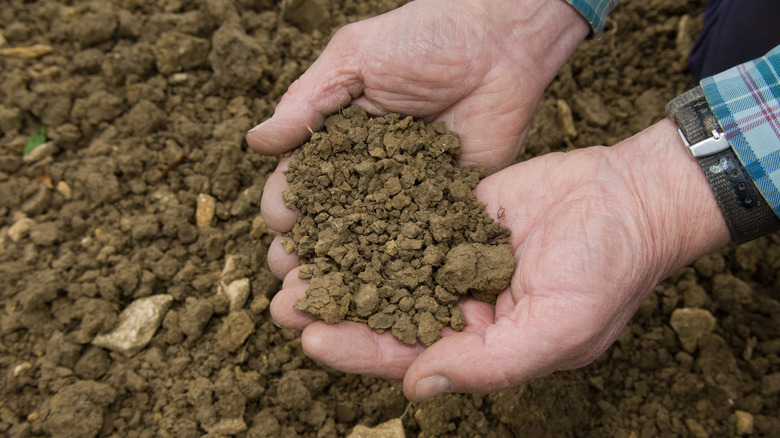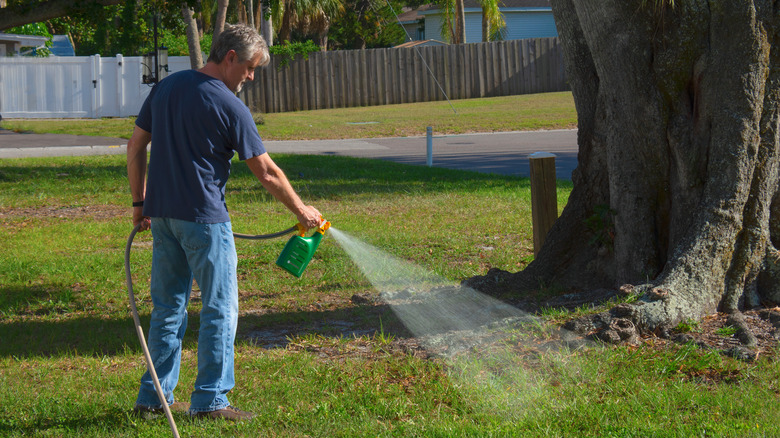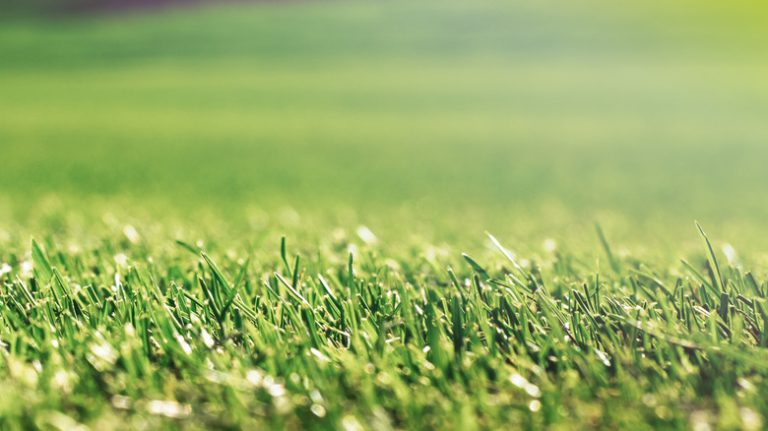What does baby shampoo have to do with lawns? Baby shampoo is uniquely formulated to be gentle on a child’s skin, not burn their eyes, and still lather them up with a good, sudsy clean. For lawns, it works as a tool to encourage better stabilization of roots and aids in making hard, clay-like soil a bit more pliable and easier for water to move deeper into it. Ultimately, using just a small amount of baby shampoo isn’t going to turn your backyard into a bubble zone, but it will help encourage your grass to flourish simply because it improves soil condition.
Don’t try this with just any soap, though. Using even mild dish soap can cause numerous problems for your lawn, not to mention it could be dangerous for the groundwater supply if too much is used. What makes baby shampoo different is its very mild formula, which means it does not add a lot of harsh chemicals to the soil that could damage the precious and fragile ecosystem present there. Depending on the version you purchase, most are designed to be non-toxic, and that’s good for the grass, the soil, the animals in the area, and even your pets.
Not everyone needs to follow this lawn trick, but if you wish your lawn was as green as your neighbors, but you don’t want to spend a small fortune on professional lawn treatment services, this hack is a simple solution that works surprisingly well.
When and why to use baby shampoo for your lawn

Take a close look at the soil in your yard by digging up a small portion in the corner to get a better idea of the composition. Does it seem more clay-like, denser, and compacted? Imagine a tiny blade of grass that must break through that semi-solid surface to reach the light to grow. Now, think about the last time you watered your lawn. Watch what happens closely as the water strikes the surface. Does it immediately penetrate into the soil, which is desirable, or does it roll away quickly? If it’s the second option, that indicates you may have hydrophobic soil, which means it is less likely to absorb and more likely to repel water.
If your soil looks and acts like this, baby shampoo can offer a nice treatment and solution for it. In this situation, the shampoo isn’t about cleaning the surface but rather working as a wetting agent. By doing this, the surfactant alters how water interacts with the soil, allowing it to absorb more fully instead of just running off.
You can use other wetting agents like this, but baby shampoo is ideal for most areas because of its non-toxic and hypoallergenic design. More so, it has the right pH level to encourage improvement in soil conditions without being too acidic to damage the grass growing in the area. It is also quite inexpensive and rather easy to use for this purpose.
How to use baby shampoo to improve your lawn

The good news is that you don’t have to get messy with this project or do it too often to see results. Aim for quality and non-toxic baby shampoo for the best results. Don’t use just any shampoo or other cleaning agent for this task.
Then add about 2 to 3 ounces of it to a fertilizer sprayer. Use one that connects directly to your house for the best results. If not, mix that baby shampoo with about a gallon of water. This amount should be enough for about 1,000 to 1,100 square feet of lawn. Just spray over the top of the surface with a light coating. You can use it on all soil in your yard, including your flowerbeds and vegetable garden, to soften the dirt.
The best case scenario is to apply before it rains or before you plan to water your lawn. That way, the following rain will help the shampoo penetrate deeper into the soil to improve its overall effectiveness. Avoid applying this when it’s very hot, as it will simply dry up too quickly.
You can use this trick to make your lawn greener about once a month, especially during the growing season (spring and early summer). It will take a few applications to see significant results. Keep in mind that this will not fix other problems, such as nutrient deficiencies, too many pests, or overuse of the grass.
